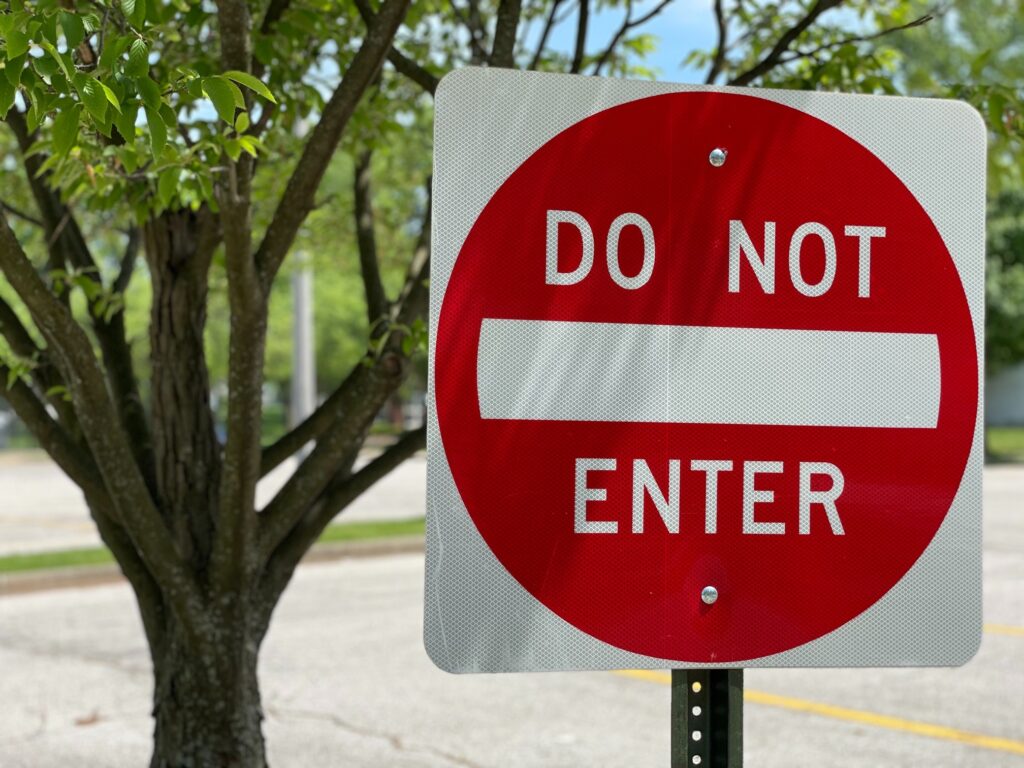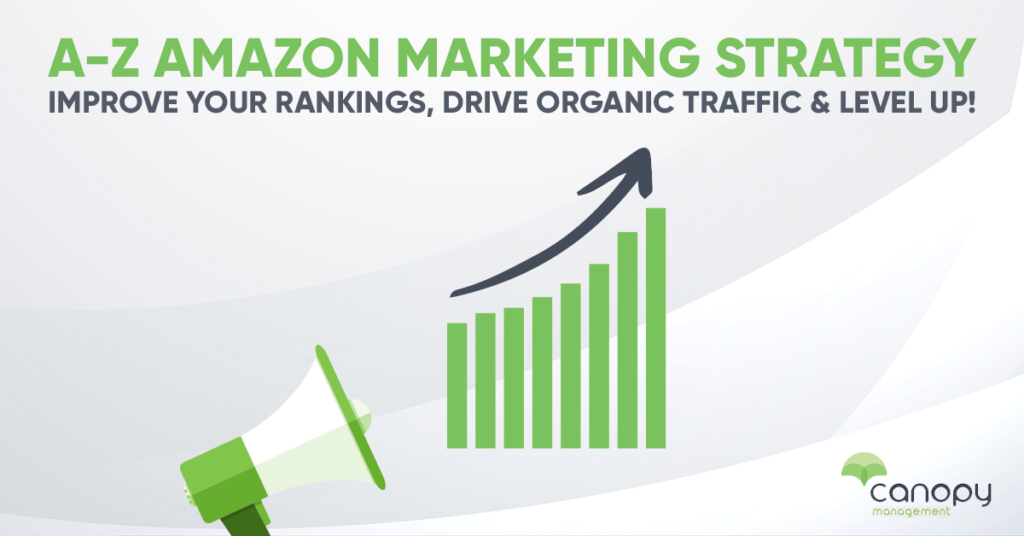The Top 5 Campaign-Killing Amazon PPC Mistakes to Avoid
PPC advertising is one of the fastest ways to increase your Amazon sales – IF you don’t make one of these 5 critical mistakes!

As Amazon’s marketplace matures and increases in complexity, advertising has become even more important. Everyone is working hard to make sure they’re making the right positive adjustments.
Doing things right is critical.
But, NOT doing things wrong is equally important.
Amazon Pay-per-Click (PPC) advertising is an extremely effective way to boost your product visibility, increase sales, and build momentum for your brand. With Amazon becoming (in many ways) a pay-to-play ecommerce platform, PPC is a must.
However, if not managed properly, it can quickly lead to a significant drain on your resources and become an Amazon brand killer.
That’s why, in this blog post, we’re going to take a closer look at five of the top Amazon PPC mistakes you need to avoid to maximize the return on investment (ROI) of your campaigns.
To begin with, we’ll address a big one . . .
1. Don’t “Set and Forget” Your PPC Campaigns
One of the most common (and damaging) mistakes involves Amazon advertisers having a ‘set it and forget it’ mentality. Yes, launching your PPC campaign is exciting, but it’s not the end of your ad campaign journey. It’s only the beginning.

Amazon PPC campaigns require constant monitoring and optimization. The marketplace is dynamic and highly competitive. Changes in product trends, market demands, or competitor strategies can impact your campaign performance. Ignoring these changes and neglecting your campaigns can result in catastrophic ad spend.
Take the time to closely analyze your campaign data. Then, make regular adjustments based on key performance indicators (KPIs) such as click-through rate (CTR), conversion rate (CVR), average cost of sale (ACoS), and others.
That data should be guiding your bid adjustments.
If your ACoS is too high, you might need to reduce your bids, improve your product listings, or refine your keywords. If your CTR or CVR is low, this might indicate a problem with your ad relevancy or product listings.
Optimizing and adjusting your Amazon PPC campaigns is a crucial task for ensuring efficiency and maximizing ROI.

2. Poor Keyword Selection
Experienced Amazon sellers know that keywords are king. It goes without saying that they’re going to be a part of the most important mistakes.
As the backbone of your PPC campaign, your keyword strategy should be dynamic and evolving. Regularly review your Amazon Search Term Reports to understand which keywords are driving sales and which aren’t. If you’re bidding on irrelevant, non-converting, or overly expensive keywords, you’re wasting your ad spend.
To avoid this, ensure you conduct thorough keyword research before starting your campaign. Leverage Amazon’s auto-suggest feature, competitor analysis, and keyword research tools to identify high-volume, low-competition keywords that are relevant to your products.
For high-performing keywords, consider increasing your bids to gain more visibility and sales. On the other hand, for keywords that attract clicks but don’t lead to conversions, you should reduce bids or move them to your negative keyword list to minimize wasteful spend.
Analyzing your competitors’ listings is another effective way to find valuable keywords. Look at the keywords used in their product titles, descriptions, and bullet points. While you shouldn’t copy them verbatim, this can give you a good idea of what keywords your competitors feel are important.
While you’re at it, check your competitors’ sponsored product ads. These are the keywords that they’re paying good money for! They’re much more likely to be high-performing and relevant.

3. Ignoring Your Negative Keywords
While choosing the right keywords is crucial, identifying and setting negative keywords is equally important. Negative keywords help you filter out irrelevant search terms, reduce wasted ad spend, and increase your ad relevance.
Not taking full advantage of negative keywords can lead to your ads being shown for unrelated searches, leading to low CTRs, poor conversion rates, and increased ACoS. That creates a flywheel effect where the lack of sales induces Amazon to lose “confidence” in your product. That in turn leads to a lower ranking, less visibility, and even fewer sales.
Remember, Amazon is all about customer service. Amazon showing your product to uninterested shoppers makes Amazon look bad, and guess who is going to be held responsible?
That’s right! When that happens, you can say goodbye to your Amazon product ranking.

4. Poorly Structured Campaigns and Ad Groups
A well-structured PPC campaign is the backbone of your Amazon advertising strategy. However, many sellers make the mistake of rolling out poorly structured campaigns and ad groups.
Remember, each campaign should have a clear objective with the separate ad groups representing distinct sets of products or keywords. Having this structure will provide you with better control over your bids, improve ad relevance, and enhance performance tracking.
Avoid grouping together unrelated products or keywords. That’s going to confuse shoppers AND Google. Instead, segment your campaigns and ad groups based on factors such as product type, price, brand, or performance.
5. Ignoring the Full Group of Amazon Ad Types
Most sellers are well aware that Amazon offers various ad types, including Sponsored Products, Sponsored Brands, and Sponsored Display. They’ve each been strategically constructed to have their own unique features, benefits, and use cases. Not leveraging all three PPC ad types is another common mistake.
Sponsored Products are cost-per-click (CPC) ads that promote individual listings, helping them stand out in search results and product pages. Sponsored Brands also operate on a CPC basis but allow you to advertise up to three products together along with your brand logo and a custom headline. Lastly, Sponsored Display ads use automatic placements and audience targeting to reach shoppers both on and off Amazon.
If your goal is to increase product visibility, Sponsored Products ads could be the best solution. If brand awareness is the goal, Sponsored Brand Ads are more appropriate.
Take the time to really understand the different ad types, their strengths, and weaknesses. Then, design a holistic PPC strategy that incorporates all ad types, aligning them with your business goals and budget.

How Canopy Management Can Help
The success of your Amazon PPC campaigns depends on the strategic decisions you make before and during your campaigns. Avoiding these common mistakes can help you optimize your ad spend, improve your visibility, and drive more sales.
To really supercharge your Amazon advertising, do what some of the top sellers on Amazon and Walmart do. Reach out to the experts at Canopy Management.
Canopy Management is a full-service marketing agency for Amazon and Walmart sellers. Our team consists of former Amazonians, multi-million dollar sellers, and award-winning experts.
When you consider the many ways that Canopy Management can help you grow your business, you’ll see why selling on Amazon is much easier “under the Canopy.”
- Strategic Growth Planning
- Listing Copywriting Optimization
- Listing Photography
- Product Videography
- Advertising Management
- Customer Service
- Demand Side Platform (Amazon DSP)
- Amazon Posts
- Full Service Management
- Amazon Review Aggregation


